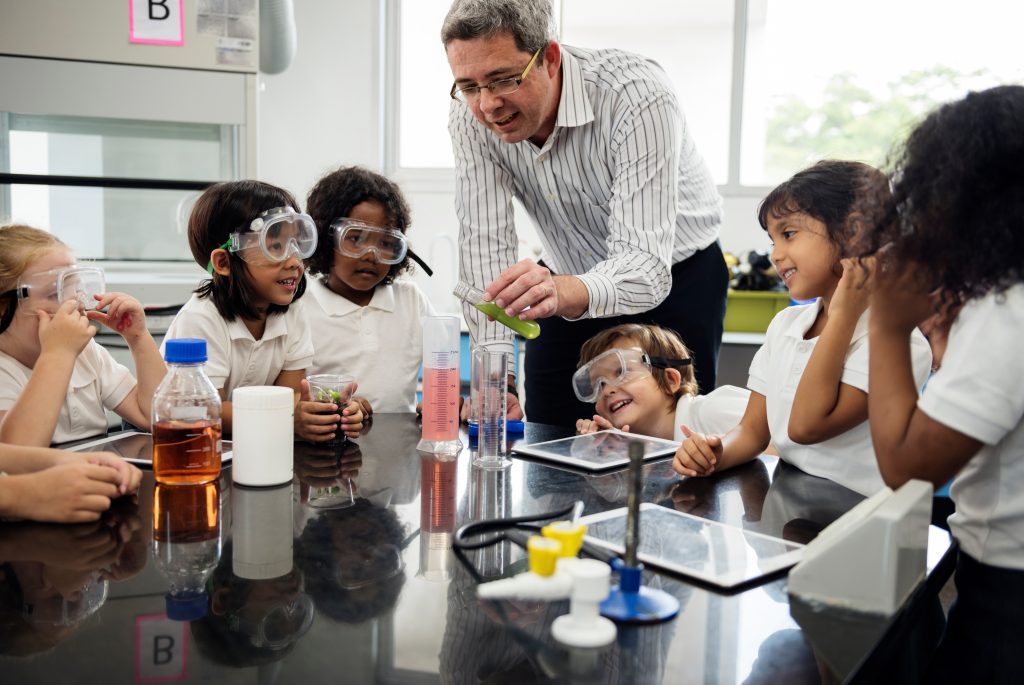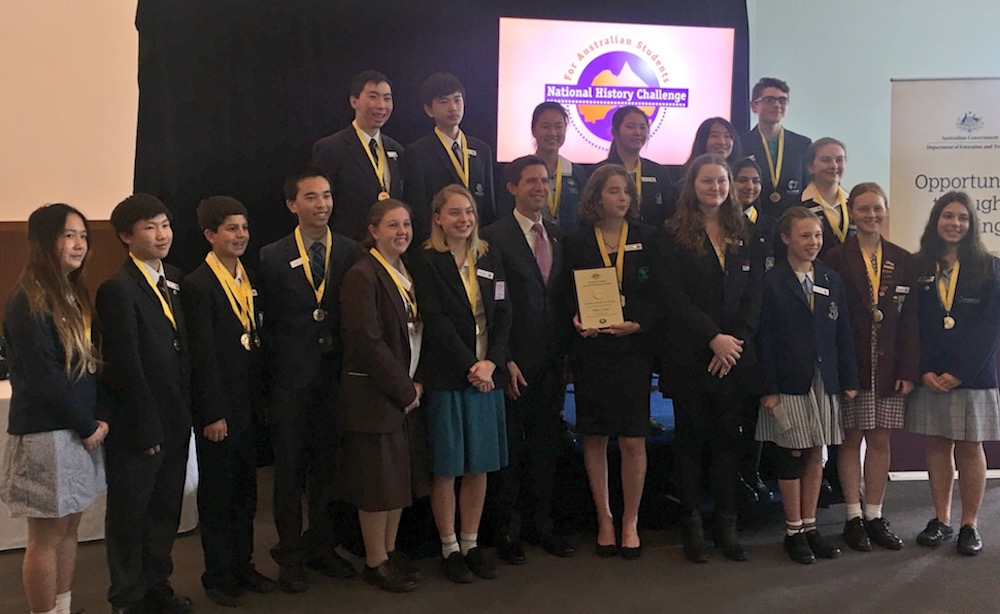Why is there a gap between loving science and wanting to be a scientist?
Why do students enjoy studying science in high school but then not pursue a career as scientists?

Australian Year 12 enrolment data shows that the number of enrolments in year 12 STEM subjects is on the rise, yet the number of domestic students studying natural and physical sciences at university is falling.
In fact, the seven percent fall in tertiary science enrolment numbers between 2019 and 2023 is second only to the drop in initial teacher education (10.6 percent) and agriculture/environmental studies (13.1 percent).
Read the latest print edition of School News HERE
If students are enrolling and presumably enjoying science at school, then why aren’t they pursuing it as a career?
Image problem
The gap between the number of high school and tertiary students studying science could have multiple causes.
The level of commitment required to study science as a subject in high school is significantly less than pursuing it as a career. An interest in high school science might be driven by curiosity and a broad interest in the natural world and how it works. Students may also be influenced by the possibility of grades and scaling.
A career in science on the other hand, eventually requires specialisation and years of rigorous research. Students may be put off by the common image of scientists working alone in labs, repeating experiments over and over, writing reports and analysing data. There is also the perception that scientists working in universities constantly have to struggle for limited grants and resources and are driven by competitiveness.
Gender imbalance
Despite statistics showing that the number of girls studying some STEM subjects in high school is slowly on the increase, there is still an ongoing image problem with science as a career for women.
Last year, we reported on a national team of researchers studying high school science curriculums. They show that Australian students studying physics, biology, chemistry and environmental science were exposed to only a single female researcher across the four subjects, British chemist Rosalind Franklin, compared to almost 150 male scientists.
Another issue facing girls in science is what is called the STEM advantage. In a report by Silvia Griselda and Rigissa Megalokonomau, they explain that students often choose which field they want to specialise in post-school by comparing themselves academically to their peers.
“If a student had a higher grade in STEM than reading and writing subjects, we defined this student as having a STEM advantage. If this STEM advantage was greater than one of the students’ classmates, this student had STEM as an academic strength. Because boys were generally better in science and maths than humanities, they had a higher STEM advantage. As girls were only slightly better in science and maths than humanities, their STEM advantage was lower than that of boys.”
Griselda and Megalokonomau’s research showed that girls who were surrounded by male students who had a STEM advantage would be less likely to choose a career in STEM subjects, despite their actual grades being similar.

International problem
This is not a problem unique to Australian students.
ASPIRES is a longitudinal research project in the UK studying youth science and career aspirations. Surveying more than 13,000 Year 11 students, researchers found the worrying trend that despite more than half agreeing that they learn interesting things in science lessons, only 14% aspired to a career in science. In other words, enjoying science does not necessarily translate into career aspirations as a scientist.
Project head Professor Louise Archer, has determined that one of the key indicators as to whether a student is likely to continue to study, and ultimately work in science is their ‘science capital.’
Science Capital refers to a person’s understanding and knowledge not just scientific ‘facts’ but of qualifications, the broad range of science-related jobs and how science works, and knowing someone who works in a science-related job.
“Many students are not aware of the transferability of science qualifications – but those who are, are ten times more likely to plan to study science post-16. Students with low Science Capital are unlikely to see science as ‘for me’.” Professor Louise Archer
What is the solution?
To bridge the gap between interest in high school science and pursuing it as a career, we must address the persistent misconceptions about STEM careers while also expanding students’ “science capital”.
Addressing the gender imbalance of the “STEM advantage” is required to let girls understand that just because they are not quantifiably better at STEM than humanities, does not mean they are not good at STEM.
One solution would be revising curriculums to showcase not only gender and ethnically-diverse scientists but also the myriad career pathways and emphasise to students that a science education opens doors in numerous fields way beyond academia and laboratory research. This could be done with outreach programs, incursions and excursions, mentorship programs and guest lecturers that connect students with professionals in unexpected and far-reaching science-based roles.







